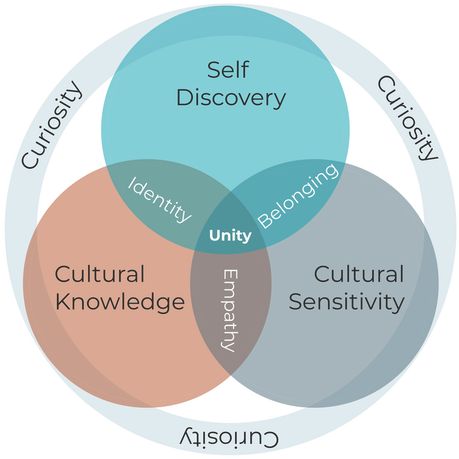|
Author Lois Lowry presents a colorless, isolated, and mundane community in The Giver. While the authors’ focus was on presenting a dystopian world of sameness, I also believe it is a good example of incuriosity. The homogenous and industrial nature of the roles community members play, the manner in which they speak, and the ease with which they extinguish members of society, are all acceptable because it is all they know. They are isolated from the outside world, they are ignorant of diversity of thought, culture, or language. They are unknowingly living a bland and dead life. While I feel fortunate to live in a region that showcases diversity, many people do not get to. We easily characterize regions or groups as, “living in a bubble”. Individuals can also find comfort in their own thoughts and beliefs, never stepping outside of themselves to engage another persons’ perspective. Additionally, living in a diverse region does not automatically yield greater open-mindedness, curiosity, or empathy. Just like Lowry’s unnamed community, learners today are growing up in homes and societies that are saturated with false truths or championing of sameness. Challenging Your Student’s False TruthsFalse truths come from actively knowing bits of information, ideas, or perspectives that are actually false. Sadly, many false truths will go undisputed or undisrupted. In some cases it is because they weren’t tested. However, if they are tested, pride, bias, and incuriosity can keep students from exploring them. In The Giver, a twelve year old boy named Jonas was selected to become the new “receiver of memory.” His safe and controlled life was completely disrupted when his new role required he alone become the sole recipient for all memories throughout time. While his exposure to complex human emotion and the depth of human history released him from his cage of ignorance, he was alone in it. Others in his community were still living in blissful ignorance. Whether blissful or not, we are all living with some type of ignorance. There are things we are knowingly ignorant of and can seek understanding for; however, ignorance can also define those things we actively know and believe to be true that are false. As humans, our first instinct is to challenge others’ thoughts, ideologies, or perspectives that you believe are wrong. We rely on rhetoric, repetition, or power to force change. While there can be a place for each of these attributes, genuine and lasting change has to come from within. If we know all learners believe false truths (as do all people) and that these false truths need to be changed from within, then our primary effort should be to arm learners with a tool to encourage self-evaluation and self-transformation. Curiosity Is The Catalyst For ChangeCuriosity is the greatest tool we can strengthen in students to support lifelong learning within themselves, relationships, and the world.
It is with this belief that our concept framework was formed. We see the authentic unity within school communities at the convergence of social and emotional learning and cultural competency. We also believe that exponential growth in these areas will not occur without genuine curiosity. Curiosity encourages diverse relationships, new life experiences, and varied interests. Living curiously will result in your learners discovering and allowing new iterations of themselves over time. Armed with curiosity, learners will not limit their identities, beliefs, or values to what others say they are or should be. Instead, it will give them the freedom to question, evaluate, and evolve. Furthermore, curiosity keeps them from limiting one another as well.
0 Comments
Leave a Reply. |
�
Categories
All
Archives
September 2023
|
Follow Us
© Cultured Kids Inc.



